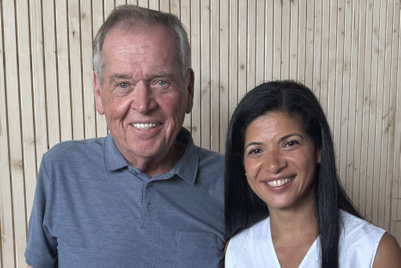
When it comes to looking at online ads, once may be enough.
That is the surprising conclusion of new research that reveals brand awareness gets worse the more its digital advertising is viewed by a consumer.
Sublime, a high-impact advertising marketplace, found spontaneous brand awareness increased by 6% when the consumer was exposed to an online ad two to three times.
However, more than four exposures proved less efficient, with the rate in awareness dropping by 3%.
With aided brand awareness, the research found only one exposure was sufficient (+8%) in contrast to a -23% awareness rate for when the consumer was exposed to the ad 10 or more times.
When looking at campaign recall, the study found that when a consumer was exposed to a campaign just once, recall increased by 26%, which was then reduced to 6% after 10 exposures.
Two or three exposures are optimal for increasing both brand familiarity and favourability, which increases by 4% and 7% respectively, the report says.
Estelle Reale, global marketing director at Sublime, said: "The findings of these studies reinforce the sentiment that bombarding users with ads isn’t the right strategy. Successful digital ad campaigns should not overtly disrupt the consumer’s browsing experience in an intrusive way.
"Repeat exposure is still extremely important, but overexposure could result in negative brand performance. Our research highlights that to truly engage with today’s consumers, brands should look to cap unique impressions on a campaign to improve its overall effectiveness."
Consumer complaints of being "bombarded" by advertising have brought about an overall mistrust of the ad industry, the Advertising Association reported at its annual Lead conference earlier this year. Public favourability towards advertising sunk to a record low of 25% in December 2018.
However, the subconscious effect of advertising has been well-documented and consumers may still be influenced by advertising they do not actively recall. Nobel laureate psychologist Daniel Kahneman's famous work Thinking Fast and Slow explains how the brain makes "System 1" fast decisions on an unconscious level versus "System 2" conscious decisions that are considered and rational.
Last year’s report into "passive ad exposure" by On Device Research identified increases in purchase intent for brands from people who could not actively recall having seen an ad.
Nevertheless, a group of marketing and psychology professors explained in 2014 that the more ads we see, the more effective those ads are. This is because the human brain has a much larger capacity for taking in information on a subconscious level, and "consumers process brand information relatively automatically", the Journal of Consumer Research reported.


.jpg&h=334&w=500&q=100&v=20250320&c=1)


.png&h=334&w=500&q=100&v=20250320&c=1)




.png&h=334&w=500&q=100&v=20250320&c=1)





.png&h=268&w=401&q=100&v=20250320&c=1)


